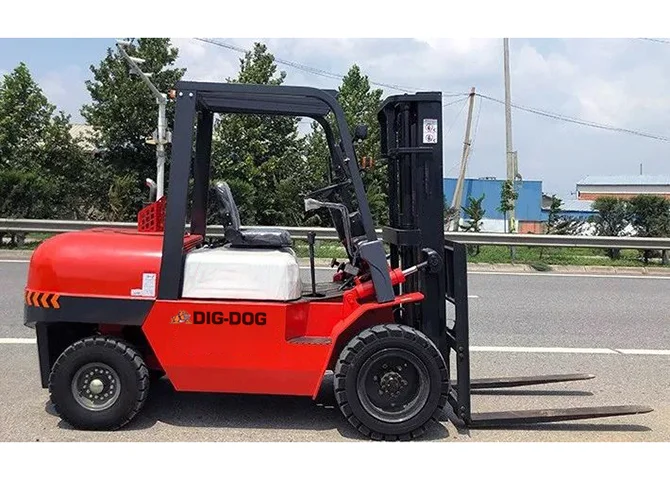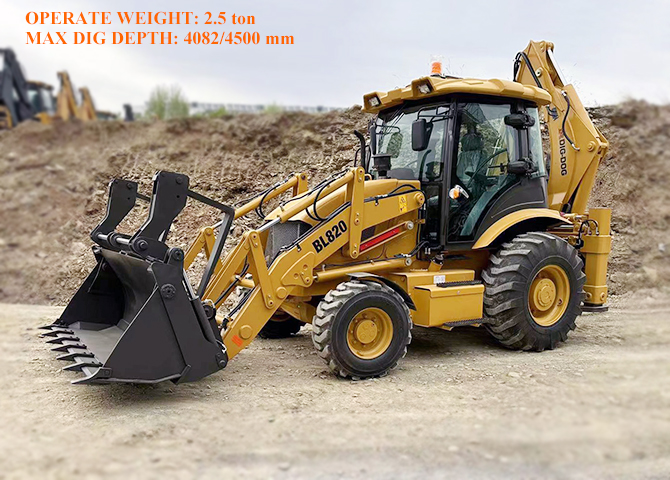
Wheel loader is one of the most important equipment in many construction fields. This machine is suitable for recycling, landscaping, construction, material handling, mining and other industries.
The fact that the front wheel loader's bucket can be swapped out to install the grab, fork and other accessories provides wheel loaders with the versatility needed in the field.
If you have a good wheel loader in the market, there are a few things you need to consider before buying, including trends, specifications, types, and accessories.
Leading manufacturers include John Deere, CAT, Komatsu and Volvo. Along with dozens of other wheel loader manufacturers, they offer you a wide selection of models. Which one is right for you?
The first question you should ask is, do you really need to buy a loader? Machine rentals, particularly for wheel loaders, have increased dramatically in the past few years. One of the main reasons is that the EPA limits emissions. Running machines require Tier 4 engines. Because of the high cost of new loaders, many construction companies choose to rent rather than buy the machines. You should look into it.
If you decide to buy, it's important to look at what type of after-sale agreement the dealer is offering. Emergency repair, maintenance and monitoring of EPA compliance are very important considerations when deciding from whom to purchase wheel loaders.
Once you have decided to buy a wheel loader for your business, you need to know what specifications are right for the machine you need to work with.
Your dealer should have the information you need to make an informed decision about what a wheel loader is right for you, but if your dealer doesn't seem to have a clue, here's a detailed specification you need to consider.
Emissions ratings
Going back to the EPA, although it stands for the Environmental Protection Agency, it could very well stand for the Air Space Agency. In any case, the old and new machine you buy must have an engine that meets emissions standards.
Load and bucket capacity
Know the bucket capacity you need. They range from 0.65 to 32 cubic yards. You also need to understand breakout forces. This is the amount of force the loader can apply during a rollback operation, such as the task of tearing a tree stump. The force of the break should be between 9,000 and 47,000 pounds.
Tipping load
Know the tipping load you will need to take. For tilting loads, the capacity range is between 8100 LBS. About 56,000 pounds. The full tip load starts at about 7,200 LBS. It's usually around 48,000 pounds.
Tire size
Know the tire size and type you need. Most tires are designed for use on uneven surfaces. There's a lot of tread depth to consider. Wheel loaders have tires from 48 to 63 inches in diameter and 12 to 24 inches in width.
The weight
If your wheel loader is operating on damaged ground, make sure your machine is not too heavy. Operating weights range from 6,800 pounds like the Komatsu WA30-1 to 420,000 pounds like the CAT 994.
The attachment
Finally, understand what type of attachment you need and what the wheel loader you're interested in can fit into. Accessories include grappling hooks, forks, snow removal, and buckets of many different sizes and capacities.
Click on the link to see dig-Dog's preferred wheel loader model for you. (link)
We hope this article provides some advice on items to consider when buying.
 A Ultimate Guide to Clamp Forklifts and Attachments
A Ultimate Guide to Clamp Forklifts and Attachments
 How To Choose The Right Compact Wheel Loader
How To Choose The Right Compact Wheel Loader
 How Much Does a Forklift Weigh?
How Much Does a Forklift Weigh?
 How Much Does a Backhoe Weigh
How Much Does a Backhoe Weigh